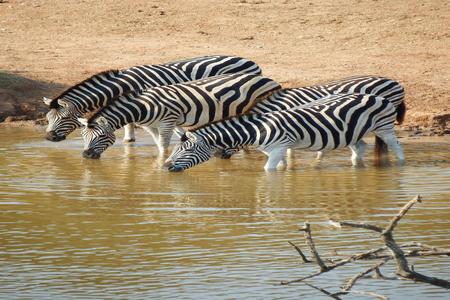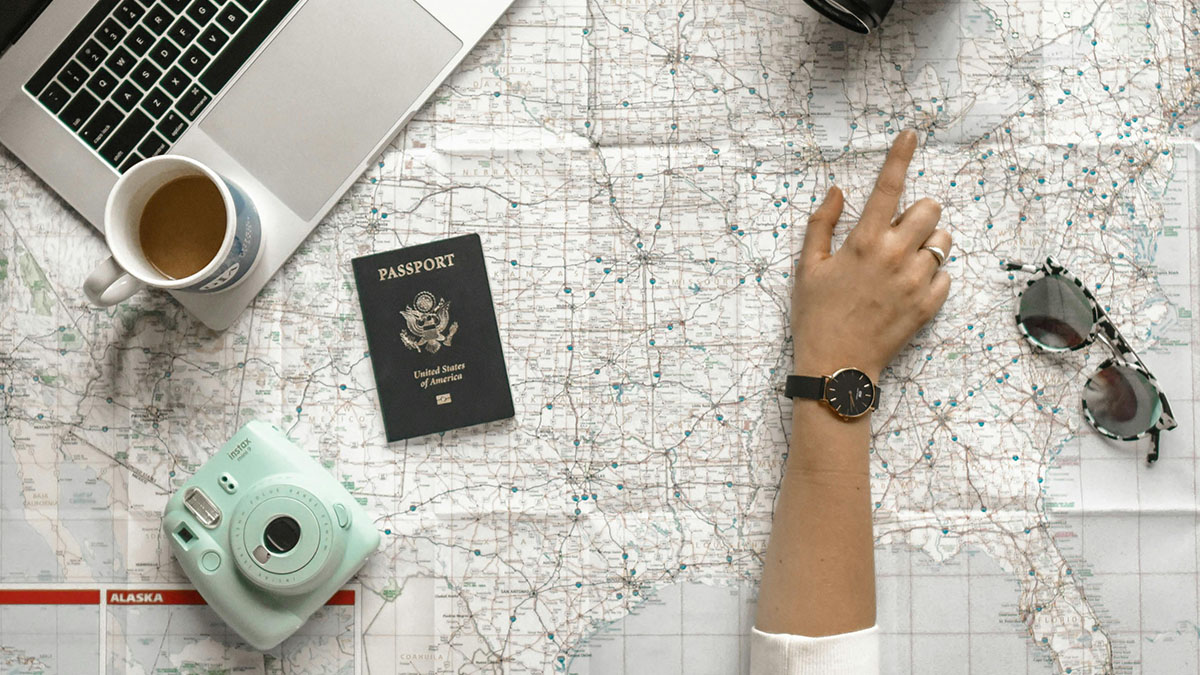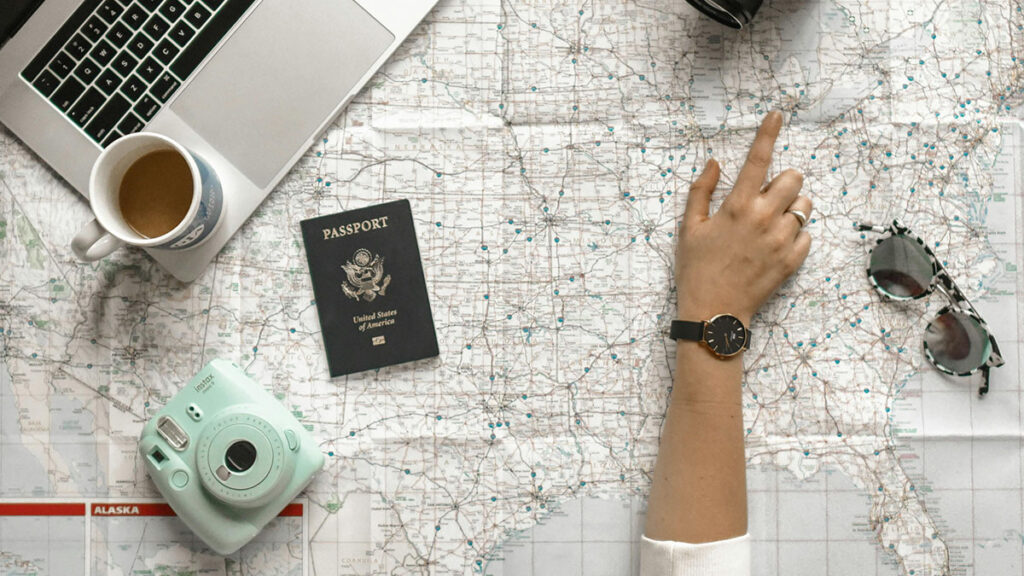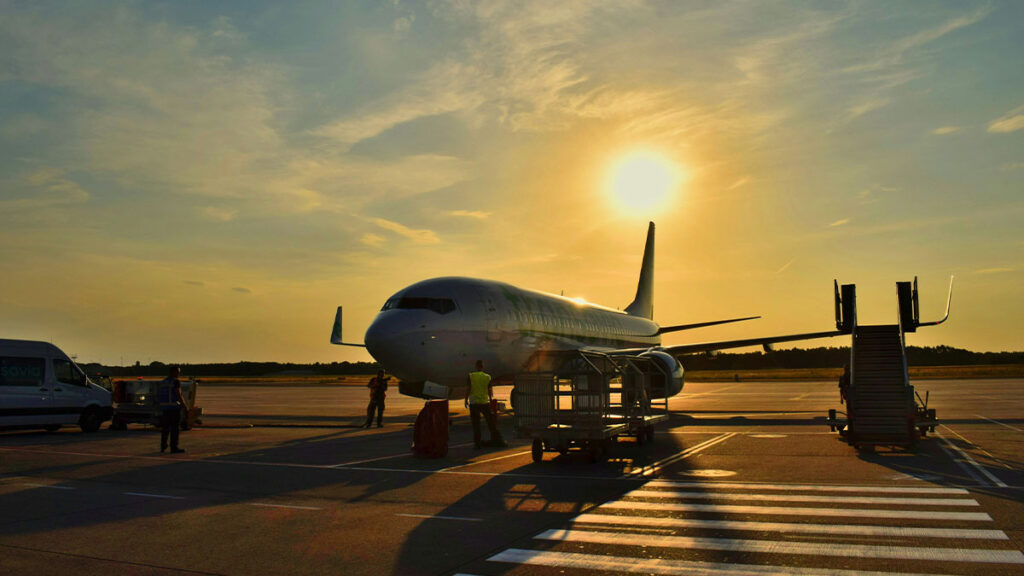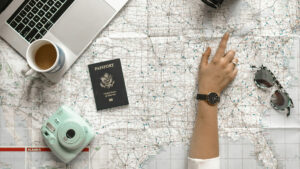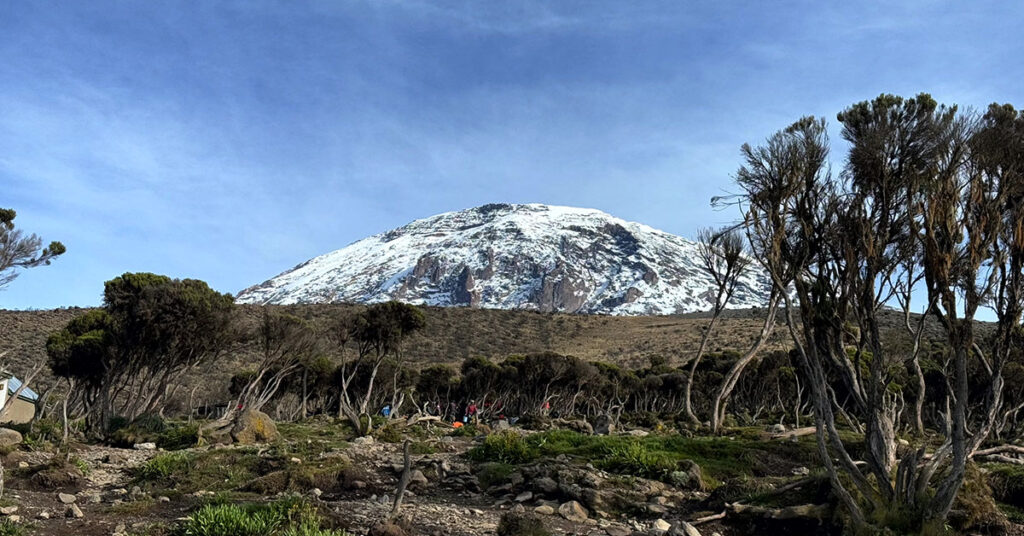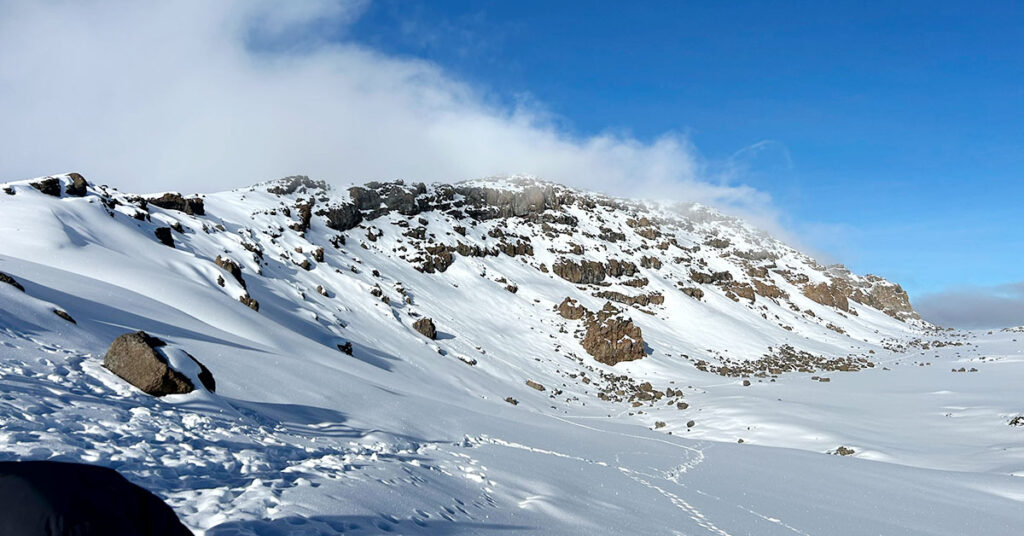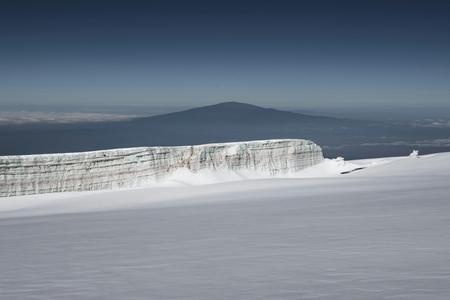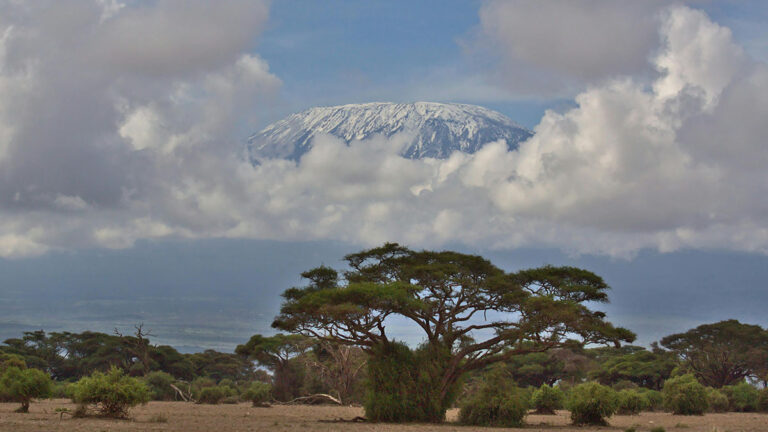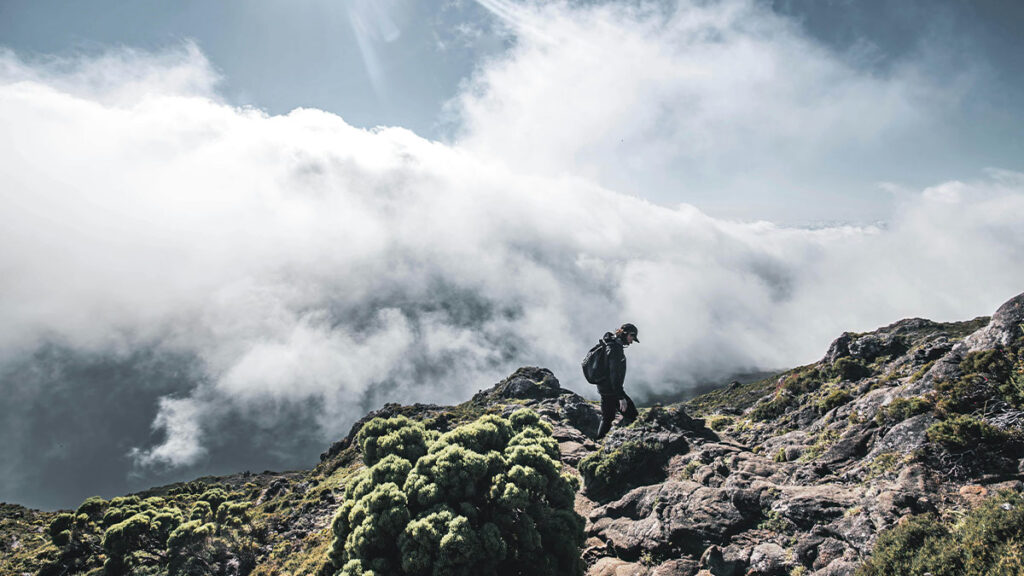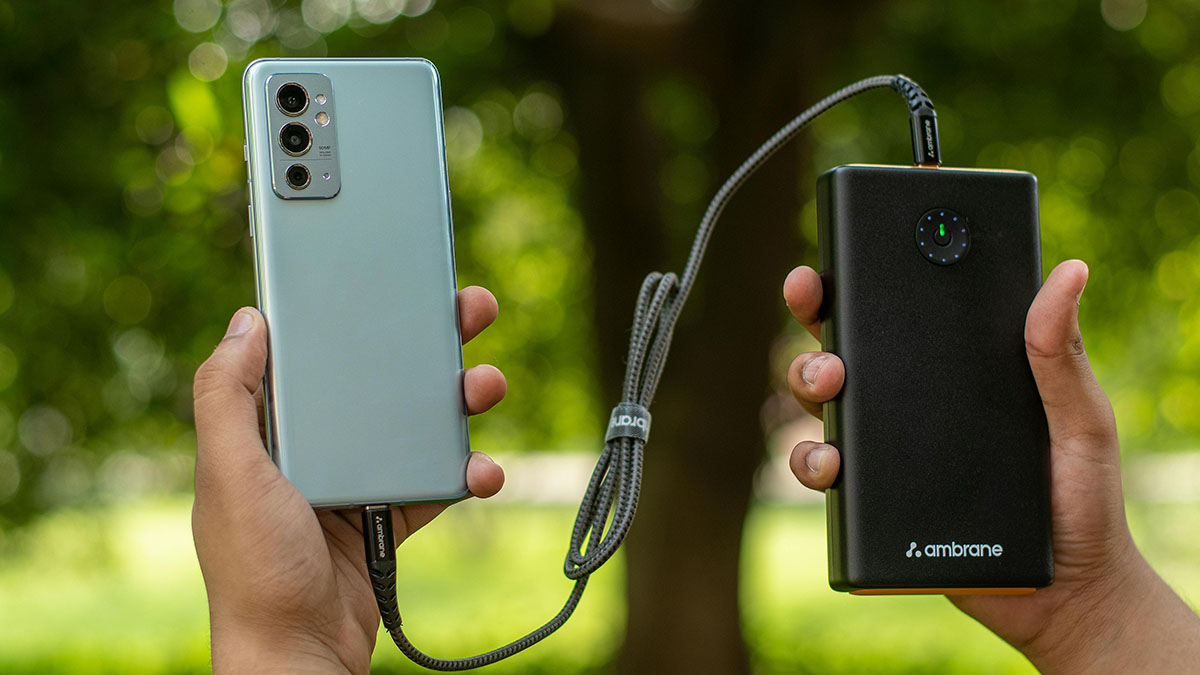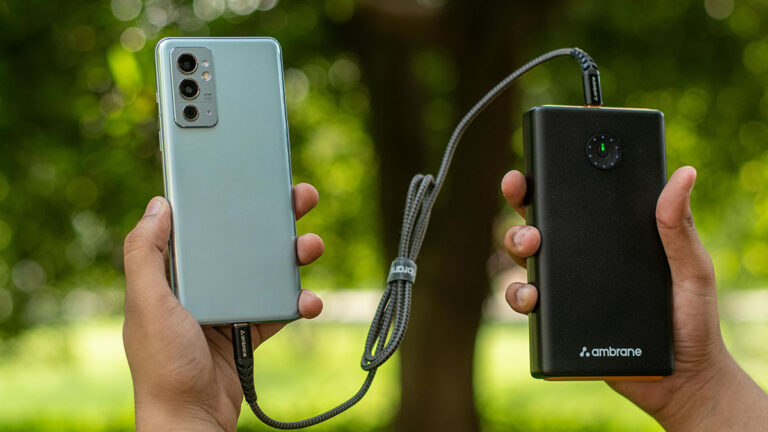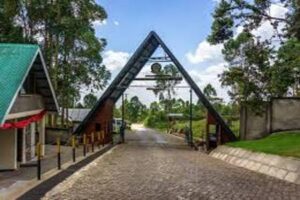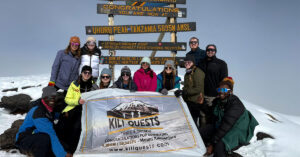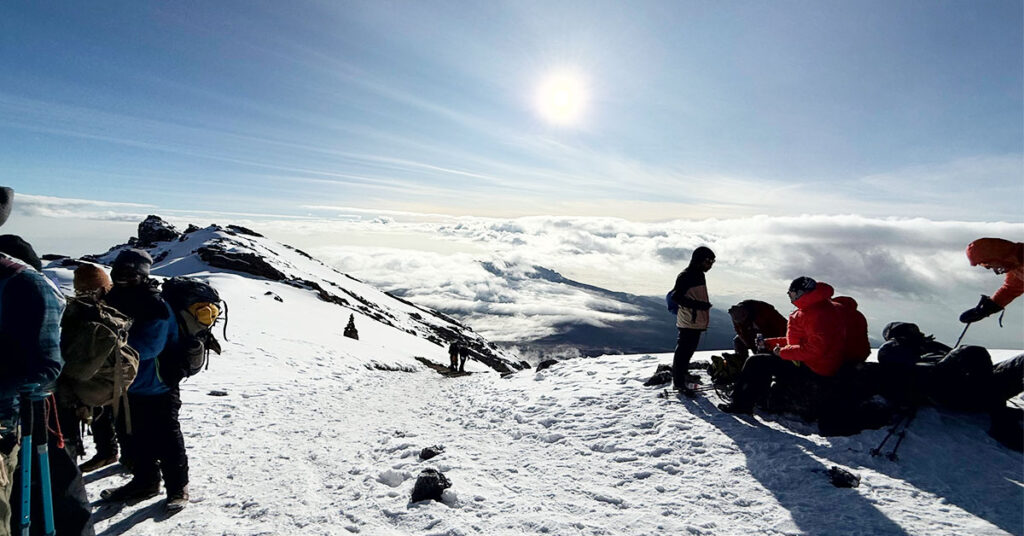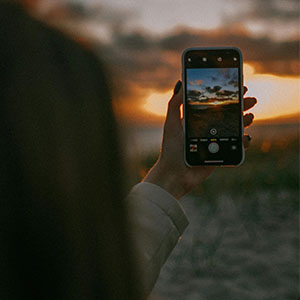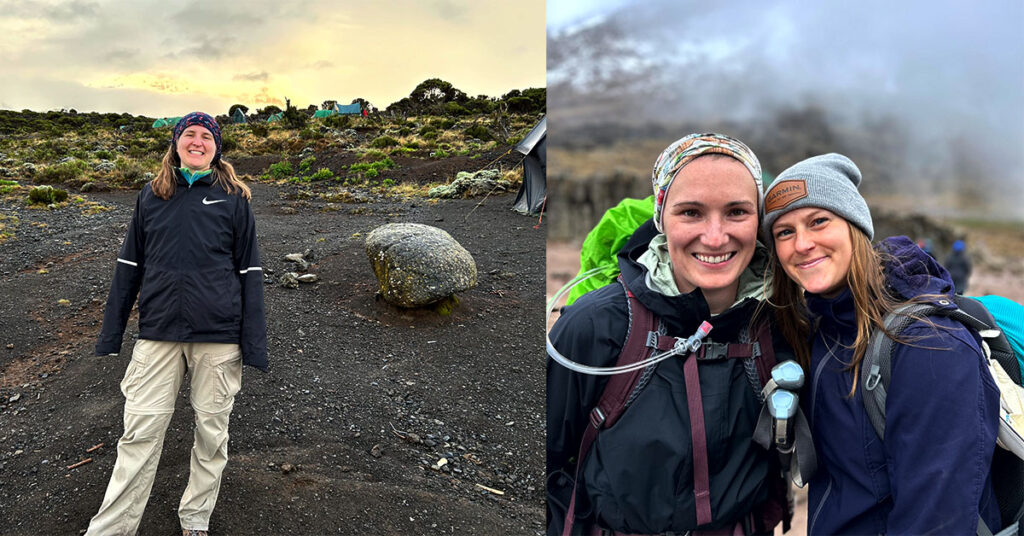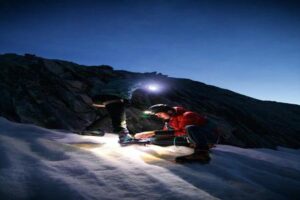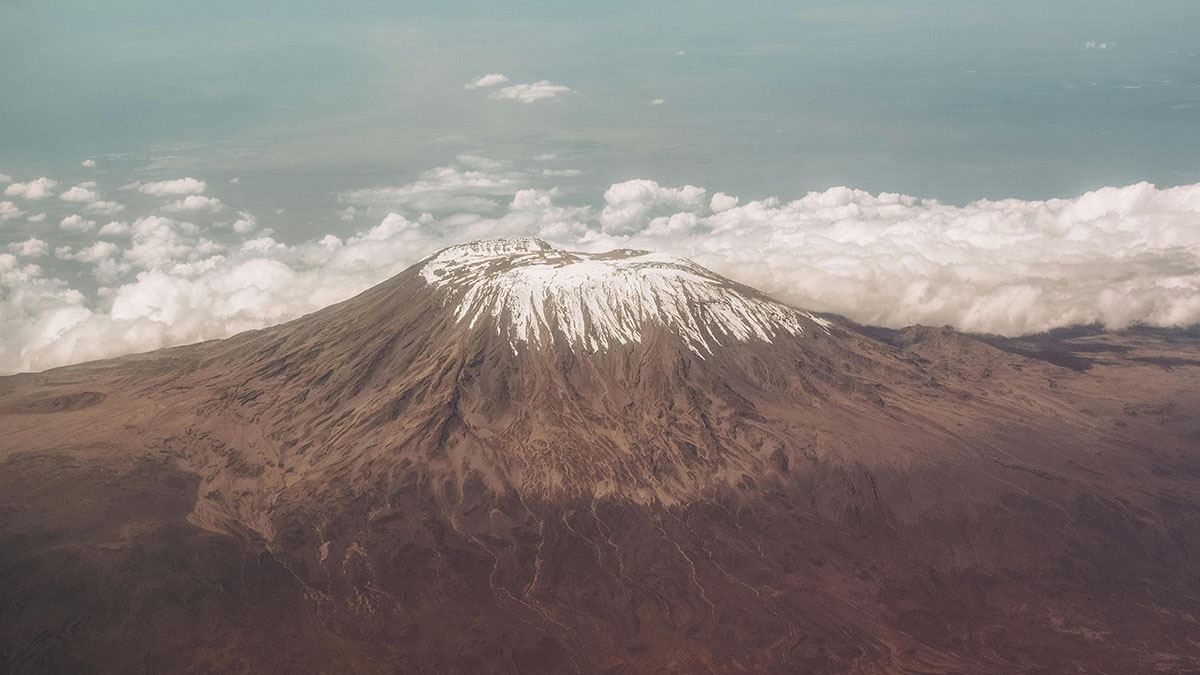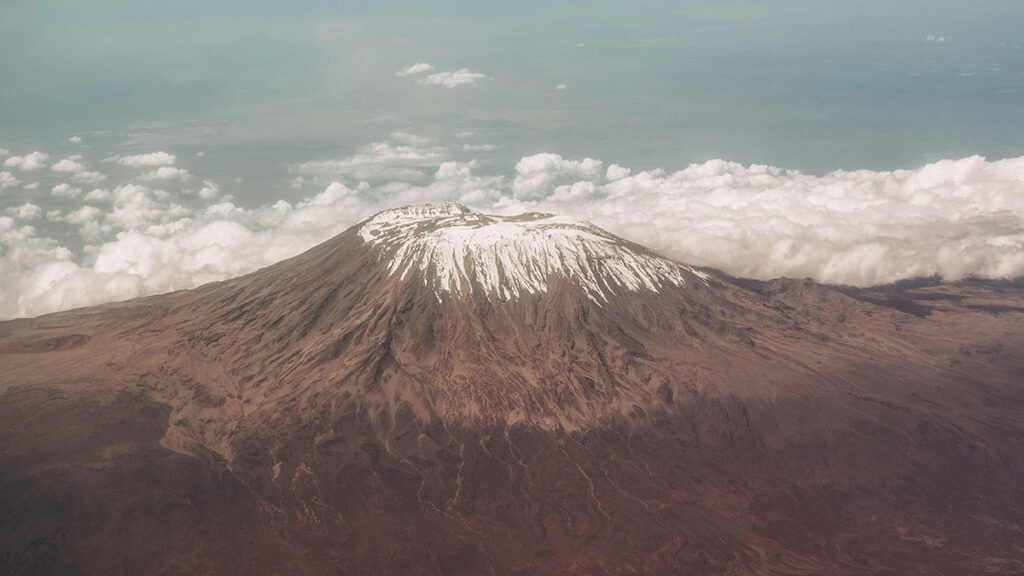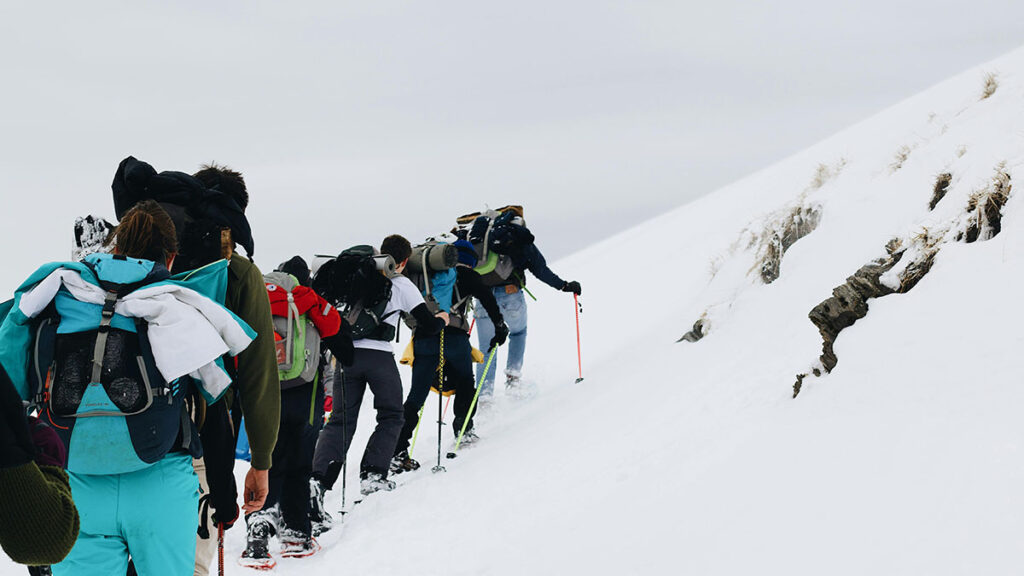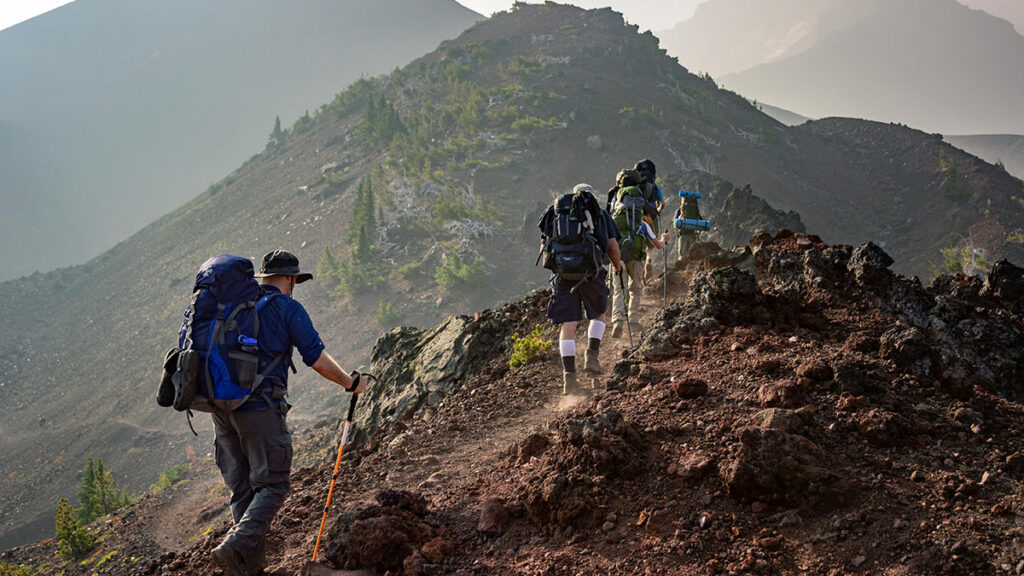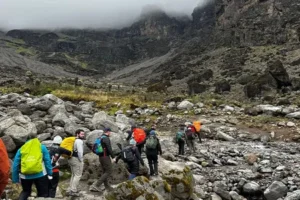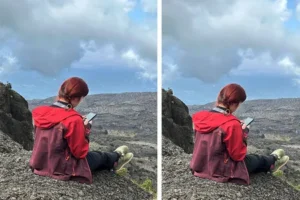Table of Contents
Embark on an Unforgettable Safari with Kili Quests: Book Your Dream Adventure Today
Ready to experience the wild beauty of Tanzania’s iconic national parks? Whether you’re dreaming of lions in the Serengeti or the rare black rhinos of Ngorongoro, a safari with Kili Quests goes beyond just sightseeing — it’s an expertly guided journey into Africa’s most unforgettable landscapes.
From tailor-made itineraries to luxury accommodations and expert guides, we handle every detail of your safari, so you can focus on the experience of a lifetime.
See when to visit Serengeti, Ngorongoro, and more for peak wildlife viewing.
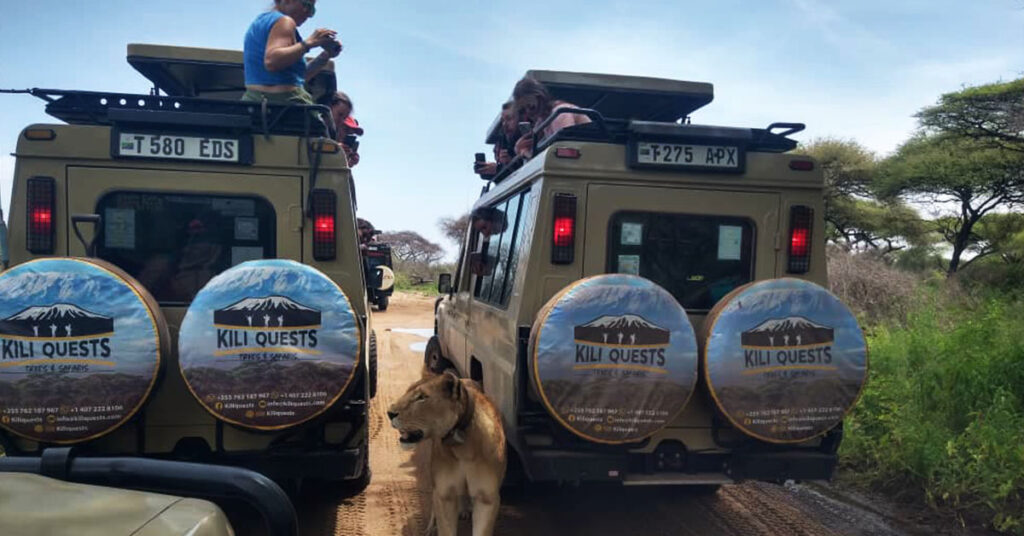
Why Book Your Safari with Kili Quests?
1. Tailored Safari Packages
Every traveler is different — that’s why we create fully customized itineraries based on your:
- Wildlife interests (Big Five, birdwatching, rare species)
- Travel style (luxury, mid-range, private groups)
- Activities (walking safaris, Maasai visits, hot air balloon rides)
- Timeline and budget
2. Expert Local Guides
Our experienced guides are:
- Skilled in animal tracking and behavior
- Passionate about Tanzania’s wildlife and culture
- Fluent in English and Swahili
- Trained in guest care and safety
They enrich your trip with in-depth knowledge of ecosystems, history, and hidden wildlife viewing spots.
3. Comfort and Luxury
Choose from:
- Intimate luxury tented camps
- Stunning five-star lodges
- Comfortable eco-friendly safari retreats
No matter your budget, we ensure clean, safe, and scenic accommodations at every stop.
4. Flexible, Personalized Itineraries
Whether you’re planning:
- A short 2-day getaway
- A full 10-day grand tour
- Or a family safari with kids,
- We design it all for you.
Add extra parks, private upgrades, or cultural stops — everything is built around you.
What’s Included in Our Safari Package – Explore everything covered in your trip, with no hidden costs.
What to Expect on a Safari with Kili Quests
When you book with us, you can expect:
- Expert safari planning from start to finish
- Seamless booking and park permit handling
- A comfortable, intimate safari vehicle experience
- Flexible itineraries that fit your time and goals
- Warm, professional service from a Tanzanian-owned team
How Long Do Trip Payments Take to Transfer? – Learn how bookings are processed and what to expect after payment.
Top Safari Destinations in Tanzania
Serengeti National Park
- Home to the Great Migration and the Big Five
- Vast plains, dramatic predator action, and unforgettable sunsets
- Year-round wildlife viewing, with peaks in June–October
Ngorongoro Crater
- A UNESCO World Heritage Site
- Lush volcanic caldera filled with black rhinos, flamingos, lions, and hippos
- Offers the highest density of wildlife in Africa within a small area
Tarangire National Park
- Known for its giant elephant herds and ancient baobabs
- Less crowded, ideal for peaceful wildlife encounters
- Rich in giraffes, lions, leopards, and hundreds of bird species
Lake Manyara National Park
- Famous for tree-climbing lions and pink flamingos
- Hippos, monkeys, and lush groundwater forests
- Ideal for a scenic, short-day safari with diverse landscapes
Best Time for Safari in Tanzania – Plan your trip around the seasons for the ultimate wildlife encounters.
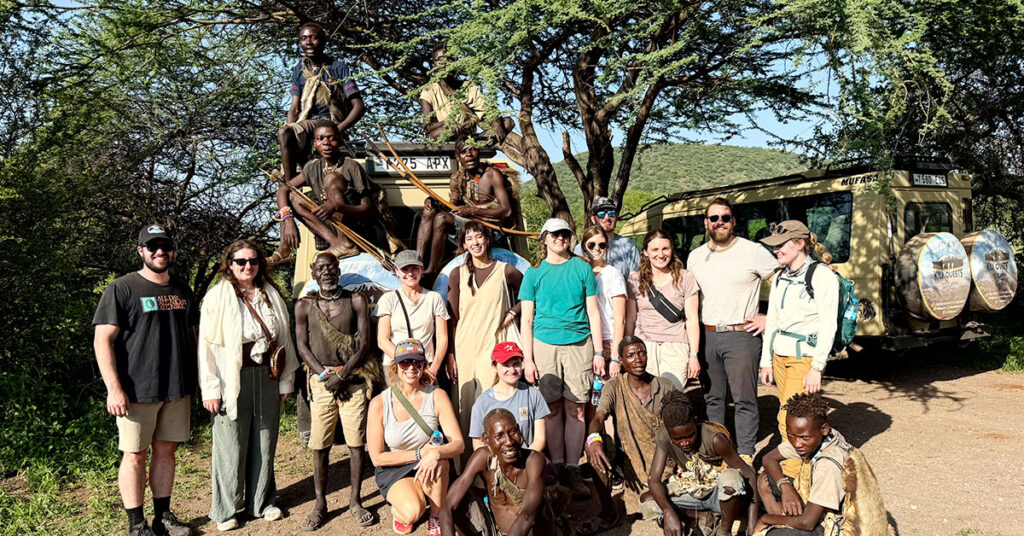
How to Book Your Safari with Kili Quests
Step 1: Contact Us
- Tell us about your dream safari. We’ll help choose the best destinations and design your ideal itinerary.
Step 2: Confirm Your Dates and Package
- Choose from our handpicked accommodation options and lock in your travel dates.
Step 3: Get Ready to Go
- We’ll send you:
- A packing checklist
- Travel preparation tips
- Local safari guidance
Step 4: Embark on Your Adventure
- Your Kili Quests guide will welcome you upon arrival and take care of everything from that moment on — so you can fully enjoy the experience.
Meet the Hazabe Tribe – Add cultural experiences to your safari itinerary for a deeper connection with Tanzania.
Ready to Start Your Tanzanian Safari?
At Kili Quests, your safari is more than a tour — it’s a custom, guided adventure built around your goals and hosted by passionate locals who love what they do.
Contact us today to book your unforgettable safari through Tanzania’s iconic wildlife parks. Let us bring your safari dream to life — one game drive at a time.
Related Articles
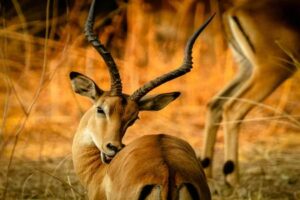
Tanzania Safari Package Details: Lodging, Game Drives & More
April 9, 2025
No Comments
Table of Contents What’s Included in Our Tanzania Safari Package | Kili Quests A Tanzania safari with Kili Quests is more than just a
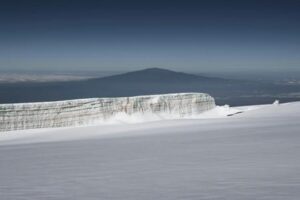
Tanzania Weather Guide: Mountain Climate & Trekking Tips
December 13, 2024
No Comments
Table of Contents What You Need to Know About Tanzania: Mountain Weather and Climate | Kili Quests Tanzania is a land of contrasts —
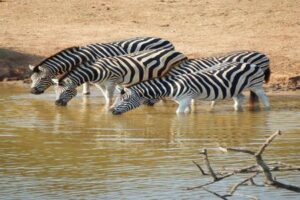
Best Safari Adventures in Tanzania: 2025 Guide
April 15, 2025
No Comments
Table of Contents Embark on an Unforgettable Safari with Kili Quests: Book Your Dream Adventure Today Ready to experience the wild beauty of Tanzania’s


